 This is an article my son Trevor wrote for the Seattle Childrens Autism Center blog: Being autistic, I have always been a very blunt person. Back when I was a kid, I often blurted out straightforward, even disrespectful comments when meeting others, such as, "Hello, shorty!" or, "Whoa, she’s so fat!" This problem was at its worst in high school when I got the idea that making dumb jokes at others’ expense would get me noticed more. I needed to be taught over time how to think before I speak, and now I have better control over my inappropriate outbursts. Read more at SeattleChildrens.org.
0 Comments
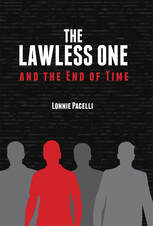 My fiction book, The Lawless One and the End of Time, has four main characters who meet at age 14 in Naples, Italy and all grow into globally-recognized figures. One of the characters, Bert Winn, was fascinated with history. He loved the concreteness of historical facts; they either happened or they didn’t. He met and fell in love with Laura, a math major he met in college. He graduated college with a Ph.D. in history and became an acclaimed professor. Bert and Laura married and had a son they named JT. The Winn family became internet celebrities and millions of people subscribed to their online video blog. Subscribers loved to hear their messages of fact, inspiration, and challenge. Their message? An unvarnished, inspirational view of life with Autism Spectrum Disorder. Bert started showing signs of autism at eighteen months with speech delay, difficulty maintaining eye contact, and a dislike for being cuddled. As Bert grew, he and his mother developed strategies for how to accommodate some of Bert’s sensitivities, such as a “beach ball kiss,” in which an imaginary beach ball filled space between them when they kissed hello and goodbye. Laura too had sensory issues, particularly with clothing fabrics. The two of them learned to cope with their sensitivities through the years, so they became normal for them. It also felt normal for their son, JT, to be on the autism spectrum. They didn’t view themselves as people to be pitied, but used the opportunity to help others understand the world of autism and how people on the spectrum could thrive just like anyone. Their story educated and inspired millions and gave those affected by autism hope. The story of Bert, Laura, and JT were heavily influenced by my wife Patty’s and my experience raising our son Trevor. He was diagnosed with Autism Spectrum Disorder at age five (the clinical diagnosis was Pervasive Developmental Disorder, Not Otherwise Specified or PDD-NOS) back in 1998. At the time, autism wasn’t well known and our only exposure to it was Dustin Hoffman’s character in Rainman. We had no idea what the future had in store for us as a family. Would he ever graduate high school? Would he drive? Would he have relationships? Through the years Trevor amazed us with what he was able to do and how he learned to cope with his autism. Today he is a college graduate who lives on his own, drives, works, and has an active social life. Yes, he has challenges that will be with him for the rest of his life. But we learned an important lesson with Trevor; the moment we underestimated him he proved us wrong. You may have your own perceptions of people with disabilities, whether it be physical (paralysis), cognitive (autism), present at birth (Down Syndrome) or related to an injury (amputation due to an accident). Your perceptions may be due to personal experience, observing a friend or loved one, or what you see in the media. Your perceptions may be inclusive or biased. Only you can decide. So, what’s your action? Educate yourself. Disability:IN, American Association of People with Disabilities, Special Books by Special Kids, Autism Speaks, Center for Disease Control and Prevention’s Disability and Health Overview, and Northwest Center are some great resources to help you better understand people with disabilities. Do your own web searches, just make sure the information you’re taking in is from credible sources. Take the time to learn more about disabilities and focus less on the “dis” and more on “abilities.” Oh, and if you want to learn more about Bert, Laura and JT’s story, check out The Lawless One and the End of Time. Lonnie Pacelli
Keynote Speaker | Board Director | Autism Advocate | Author | Project Management Expert | Microsoft/Accenture Veteran See his books on Amazon. 
The Israeli Defense Force (IDF) Special intelligence Unit 9900 is dedicated to everything related to geography, including mapping, interpretation of aerial and satellite photographs, and space research. Within this unit there is another, smaller unit of highly qualified soldiers who can detect even the smallest details—the ones usually undetectable to most people.
These soldiers all have one thing in common; they are on the autism spectrum. Their job is to take visual materials from satellite images and sensors in the air. With the help of officers and decoding tools, they analyze the images and find specific objects within the images that are necessary to provide the best data to those planning missions. The IDF has also found that soldiers with autism can focus for longer periods of time than their neurotypical counterparts. This story speaks to me personally. My son Trevor was diagnosed with autism at age five. The only thing I knew about autism at the time was Dustin Hoffman’s Rainman character. Raising a son on the spectrum drastically changed my point of view on disability inclusion, seeing strengths through the challenges, and cultivating those strengths while accommodating the challenges. He’s a grown man today, living on his own, working, paying his bills, saving money, and building relationships. His strengths outweigh his challenges. The same reckoning with his strengths and challenges can lead to success with overseeing how an organization thrives, but how do you begin to ensure inclusion of disabled people’s strength in the workplace at scale with at an organization level? It has to start at the board and C-suite level. 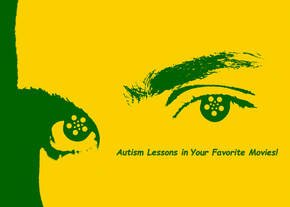
Recently our son Trevor published a blog post entitled Every Oscar Winner for Best Picture, Ranked Worst to Best. In this post, he ranks, from 90 to one, each and every Oscar winner since Wings won the very first Oscar in 1928. Each winner is listed by the movie name, year it won, a picture from the movie, and a review summary. It took him three years to watch, review and rank the movies, which he did in addition to living a full work and social life. The ranking list, whether you agree with where they fall or not, is not only a fun read but is a major achievement for Trevor.
|
Topics
All
Reprints
Contact Lonnie about article reprints. Please specify article you wish to reprint. Backlist
See Lonnie's Amazon Author Page Archives
July 2024
|
Lonnie Pacelli - Building Thriving Leaders™
Insightful | Creative | Direct Advice to Help Leaders Help Themselves
Keynote Speaker | Board Director | Autism Advocate | Author | Project Management Expert | Microsoft/Accenture Veteran
See his books on Amazon
Insightful | Creative | Direct Advice to Help Leaders Help Themselves
Keynote Speaker | Board Director | Autism Advocate | Author | Project Management Expert | Microsoft/Accenture Veteran
See his books on Amazon
Services |
About
|
© COPYRIGHT 2019. ALL RIGHTS RESERVED.
We are a participant in the Amazon Services LLC Associates Program, an affiliate advertising program designed to provide a means for us to earn fees by linking to Amazon.com and affiliated sites.
|


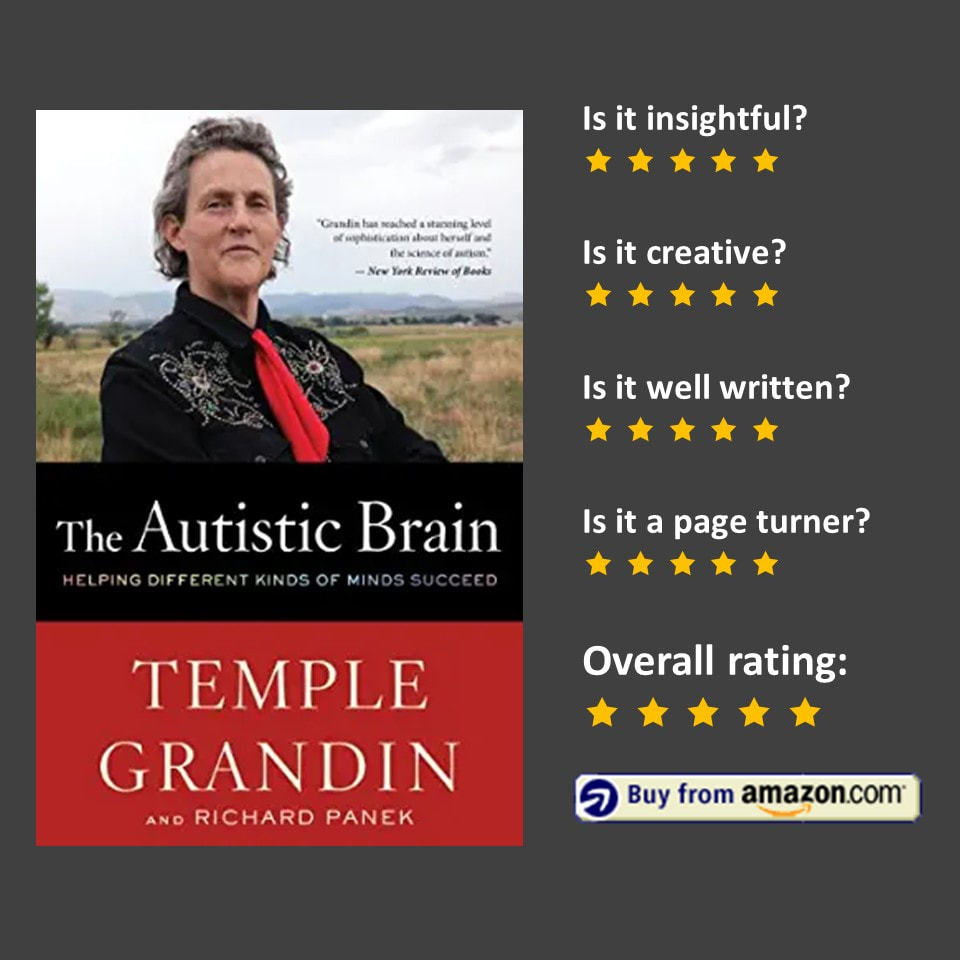


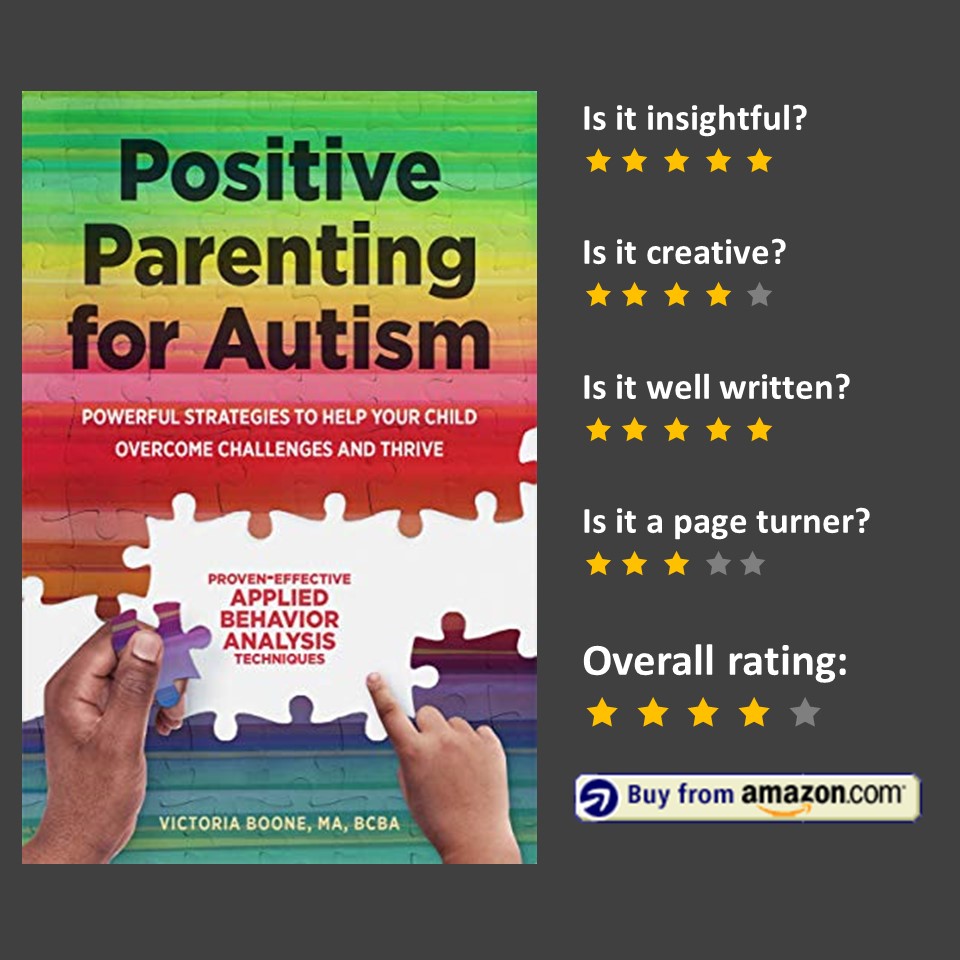
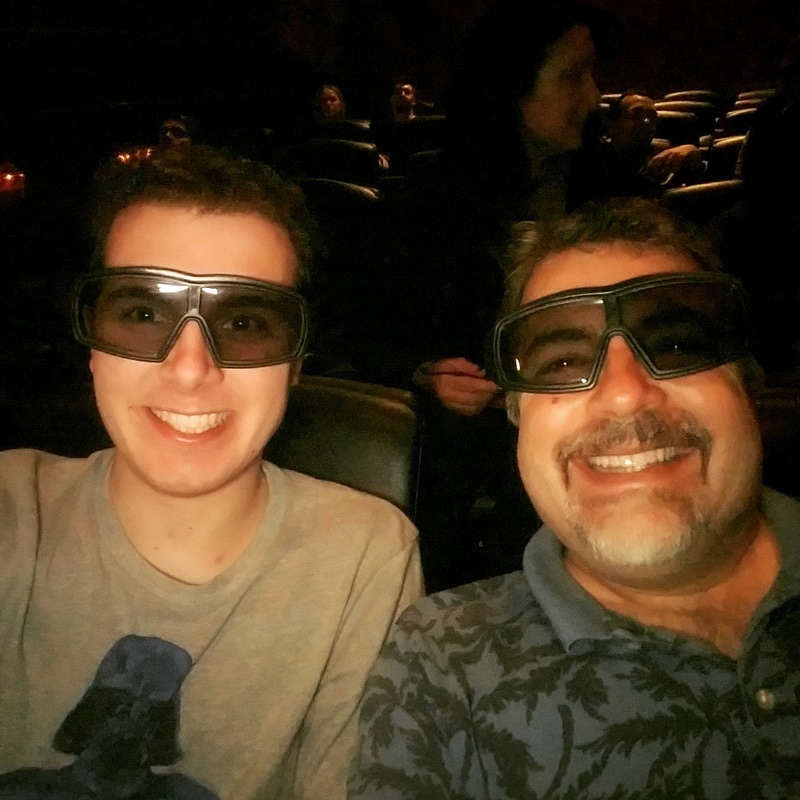
 RSS Feed
RSS Feed